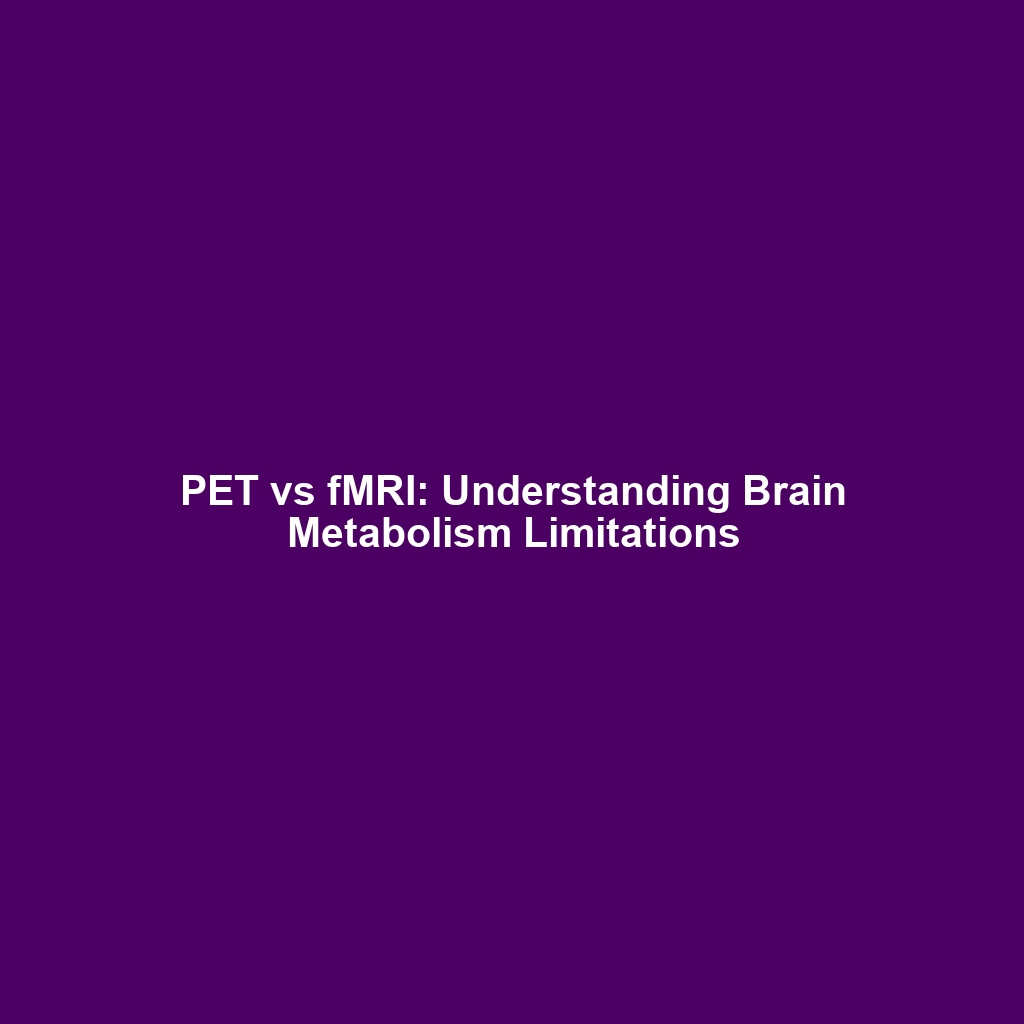Success with Small Organs: The Advances and Challenges in Cryonics & Life Extension
Introduction
Cryonics & Life Extension are two intertwined fields spearheading the quest for prolonging life and preserving human biology beyond the constraints of time. Success with small organ cryopreservation, particularly in embryos and corneas, is becoming routine as scientists refine techniques. However, the process for large organs like hearts and kidneys remains largely experimental. Understanding these advancements and limitations is crucial as they pave the way for future breakthroughs in organ preservation and transplantation, echoing the promise of renewable life through advanced scientific methods.
Key Concepts
Understanding Cryopreservation
Cryopreservation involves cooling biological tissues to sub-zero temperatures, halting metabolic processes and essentially pausing biological aging. This technique’s success in small tissues has led to advancements in:
- Small Tissue Preservation: Routine practices have been established for preserving embryos and corneas, which maintain viability after thawing.
- Large Organ Challenges: In contrast, larger organs face significant hurdles including ice crystal formation and vascular damage.
Cryonics as a Life Extension Tool
In the broader scope of Cryonics & Life Extension, effective cryopreservation could revolutionize transplantation. Preserving organs at low temperatures enhances their longevity and may provide a supply to address organ donation shortages.
Applications and Real-World Uses
How Cryopreservation is Used in Cryonics & Life Extension
Several practical applications highlight the utility of cryopreservation techniques:
- Fertility Preservation: Cryopreserved embryos enable families facing infertility challenges.
- Cornea Transplants: Cryopreserved corneas are used in surgeries to restore vision.
Understanding how Small Organs are preserved enhances our approach to potential life-saving procedures and diseases associated with aging, positioning cryonics as a transformative tool in modern medicine.
Current Challenges
Challenges of Cryopreservation for Large Organs
The journey of cryopreserving large organs faces several obstacles:
- Ice crystal formation causing cellular damage.
- Inadequate perfusion resulting in inadequate preservation.
- The complexity of organ structures complicating cooling methods.
These challenges present significant issues in advancing the field of Cryonics & Life Extension, necessitating innovative solutions and further research.
Future Research and Innovations
Innovations on the Horizon
Upcoming breakthroughs in cryopreservation technology are of great interest:
- Vitrification Techniques: A method that avoids ice formation by transitioning liquids into a glass-like state.
- Bioreactors: Enhancing nutrient and oxygen delivery to large organs prior to freezing.
These innovations promise to bridge the gap towards successful cryopreservation of large organs, and could have a profound impact on the future of Cryonics & Life Extension.
Conclusion
Ultimately, the advancements in cryopreservation—particularly with small organs—highlight its significance in the fields of Cryonics & Life Extension. As research continues to evolve, overcoming the challenges associated with large organ preservation will be essential for future breakthroughs. For those interested in the intersection of technology and biology, following advancements in this field could redefine our understanding of life itself. Explore more about related topics here or visit our section on the future of Cryonics and Life Extension.

